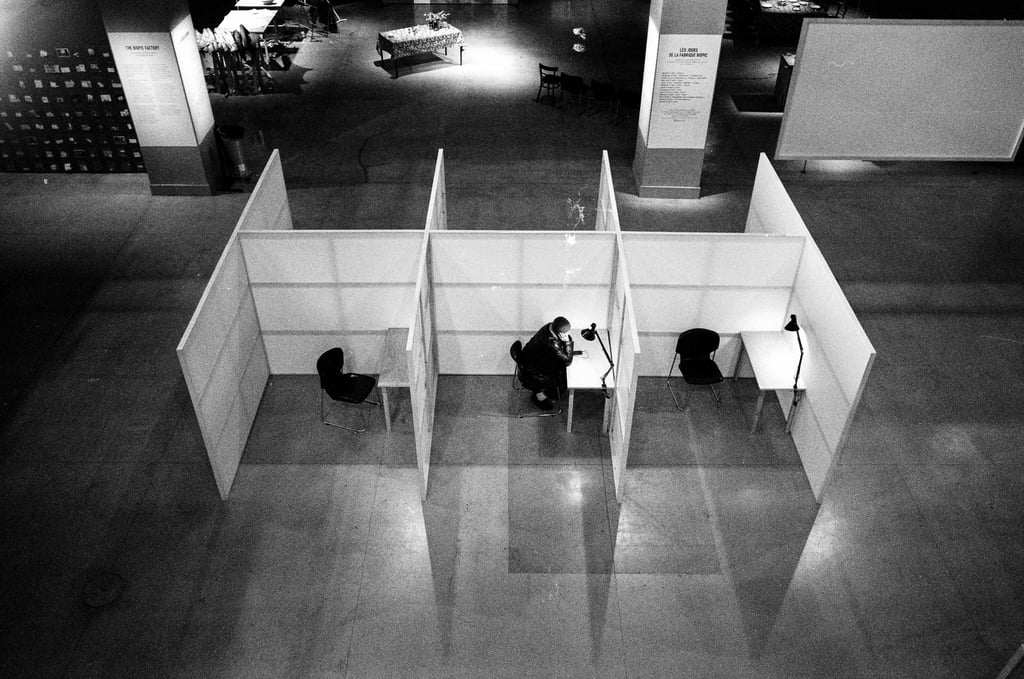
There was a time when the coolest office you could hope for was no office at all. Remote work was all the rage. Why commute when you could stay at home? Well, one good reason, turned out to be collaboration. Even tech companies discovered that the right kind of work environment helped build old-fashioned analogue connections between people. And, even more ironically, that the best way to do just that, was to use algorithms.
This week I spent some time with Dan Anthony and Sean McKeever in Seattle - two architects and leaders of NBBJ's design computation team. NBBJ is the go-team architecture firm for when the world’s biggest technology brands – Google and Amazon in the US, and Alipay and Tencent in China - want to build innovative, new workspaces.
One of the unique features of NBBJ's approach is to develop a parametric design framework as the basis for a potential building. Parametric design uses algorithms and computer models to simulate how a building’s occupants will actually use a space. Typically, you might use a parametric model to link geometry with data to address specific problems such as the kinds of views available from different offices. NBBJ have taken the idea a few steps further with their 'Human Experience Toolkit'.
Working with neuroscientists and psychologists, they have embedded behavioral insights as variables in workplace models. A floorpan, for example, can now be algorithmically optimized for its collaborative potential, based on how easy it is for team members to see each other. Alternatively you might optimize for 'prospect and refuge', a theory that humans feel safer and more comfortable when, like in the days when we were hunted by predators in the savannah, we have the ability to survey the area around us (prospect), and a good cave to hide in (refuge). I suggested, only half in jest, that they consider trying to quantify Feng Shui as a similar data framework.
Like any platform, the initial design of a workspace should be just the beginning of the process of optimization. Dan, Sean and other members of NBBJ's Digital Practice created a sensor-based system called Goldilocks in the firm's New York office. The idea was to measure data points like sound, motion, light, and ambient temperature - and then provide feedback to employees through their smartphones. Using Goldilocks, rather than walking around the office to find somewhere quiet and cozy to work, you could simply check your workplace app, to see where there were fewer people around, and less air-conditioning.
As Dan pointed out to me, the idea of 'success' is changing when it comes to workplace design. In the past, it might be whether or not your architects and builders delivered a building as specified, on time, on budget, and the roof didn't leak.
Now, there is an opportunity for a more nuanced relationship based on goals like collaboration, creativity and employee happiness - where sensor networks and data - allow for continuous workplace adjustment and re-configuration over time.

